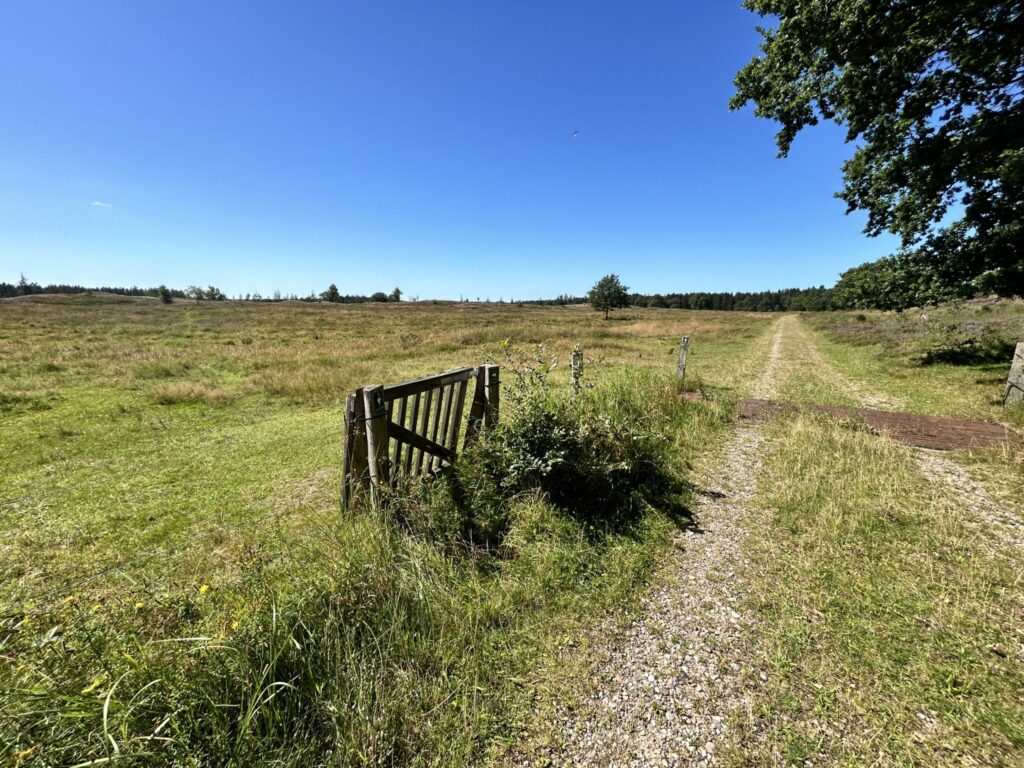Planning a hike involves several important steps to ensure a safe and enjoyable experience.
Here’s a guide to help you plan your hike effectively:
- Choose the right trail: Consider your fitness level, hiking experience, and the time you have available. Select a trail that matches your abilities and interests. Look for information about the trail’s length, difficulty, terrain, and points of interest.
- Check trail conditions: Check recent trail updates, weather forecasts, and seasonal considerations. Ensure that the trail is open and safe for hiking, and be prepared for any weather changes.

- Inform others: Inform a friend or family member about your hiking plans, including the trail you’ll be taking, your expected return time, and any backup plans. This is essential for safety in case of emergencies.
- Pack proper gear: Pack essential hiking gear, including a backpack, water, snacks, a map, compass or GPS, first aid kit, extra clothing layers, a headlamp or flashlight, and a multi-tool or knife. Tailor your gear to the specific trail and weather conditions.
- Dress appropriately: Wear comfortable and weather-appropriate clothing, including moisture-wicking layers, a hat, and sturdy, supportive hiking boots or shoes. Avoid cotton clothing as it retains moisture.

- Carry enough water and food: Carry enough water to stay hydrated throughout the hike. Pack high-energy snacks or a packed lunch to keep your energy levels up.
- Know the trail markings: Familiarize yourself with trail markers, signs, and any trail-specific rules or regulations. Stay on designated trails to protect the environment.
- Start early: Begin your hike early in the day, especially for longer hikes or during hot weather. This allows you to avoid crowds and have more time to complete the hike.
- Leave No Trace: Follow Leave No Trace principles by respecting the environment, staying on the trail, properly disposing of waste, and leaving nature as you found it.

- Hiking in a group: If hiking in a group, establish a communication plan, and stay together throughout the hike. Agree on rest points and emergency procedures.
- Hiking solo: If hiking alone, take extra precautions, and be sure to have a fully charged mobile phone with reception, emergency contacts saved, and a backup power source.
- Know your limits: Listen to your body and know when to turn back if you’re feeling fatigued, or uncomfortable, or if weather conditions worsen.
By carefully planning your hike and being well-prepared, you can make the most of your outdoor adventure while ensuring your safety and enjoyment. Happy hiking!


 Walk for unity & wellness!
Walk for unity & wellness! 


